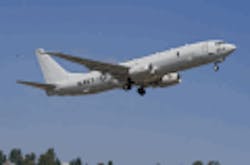Fire-X vertical unmanned aircraft completes first flight
Posted by John McHale

